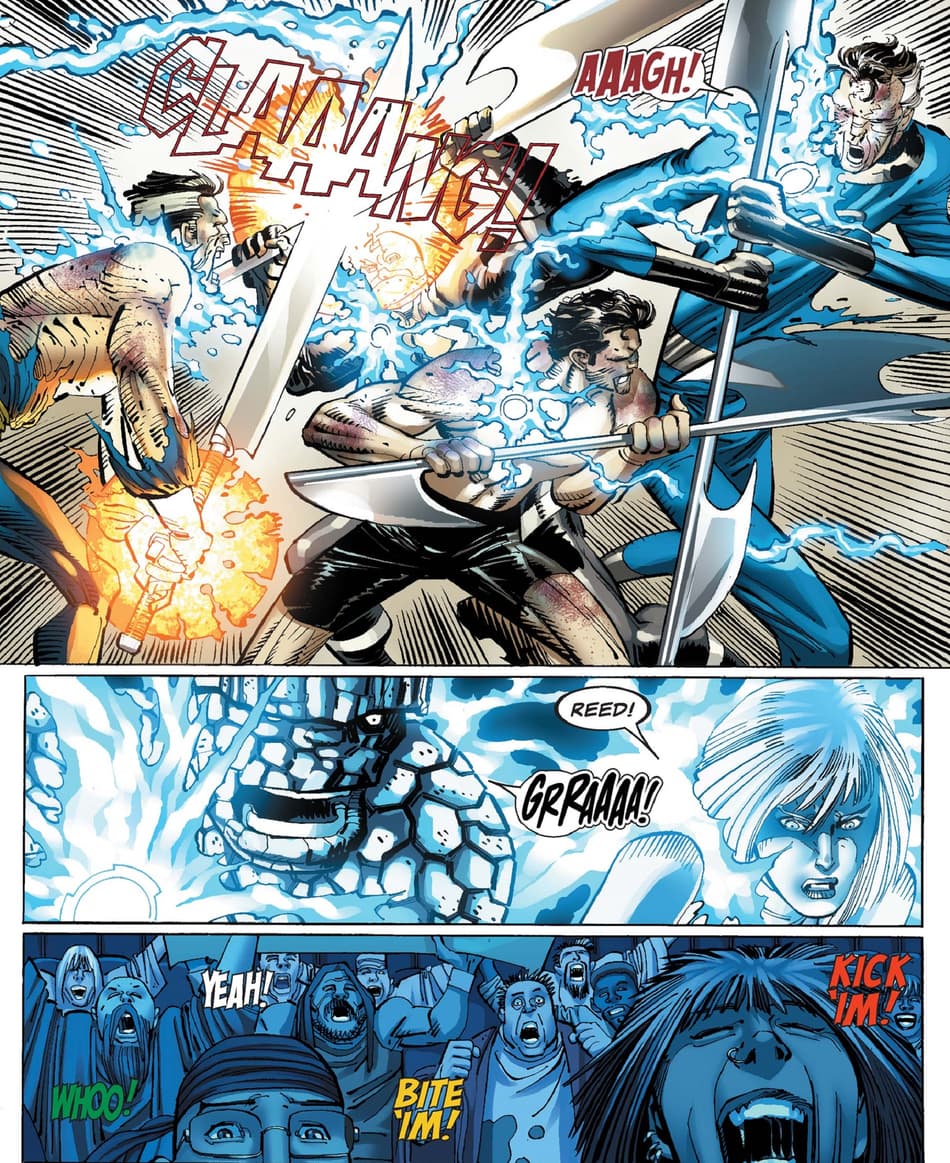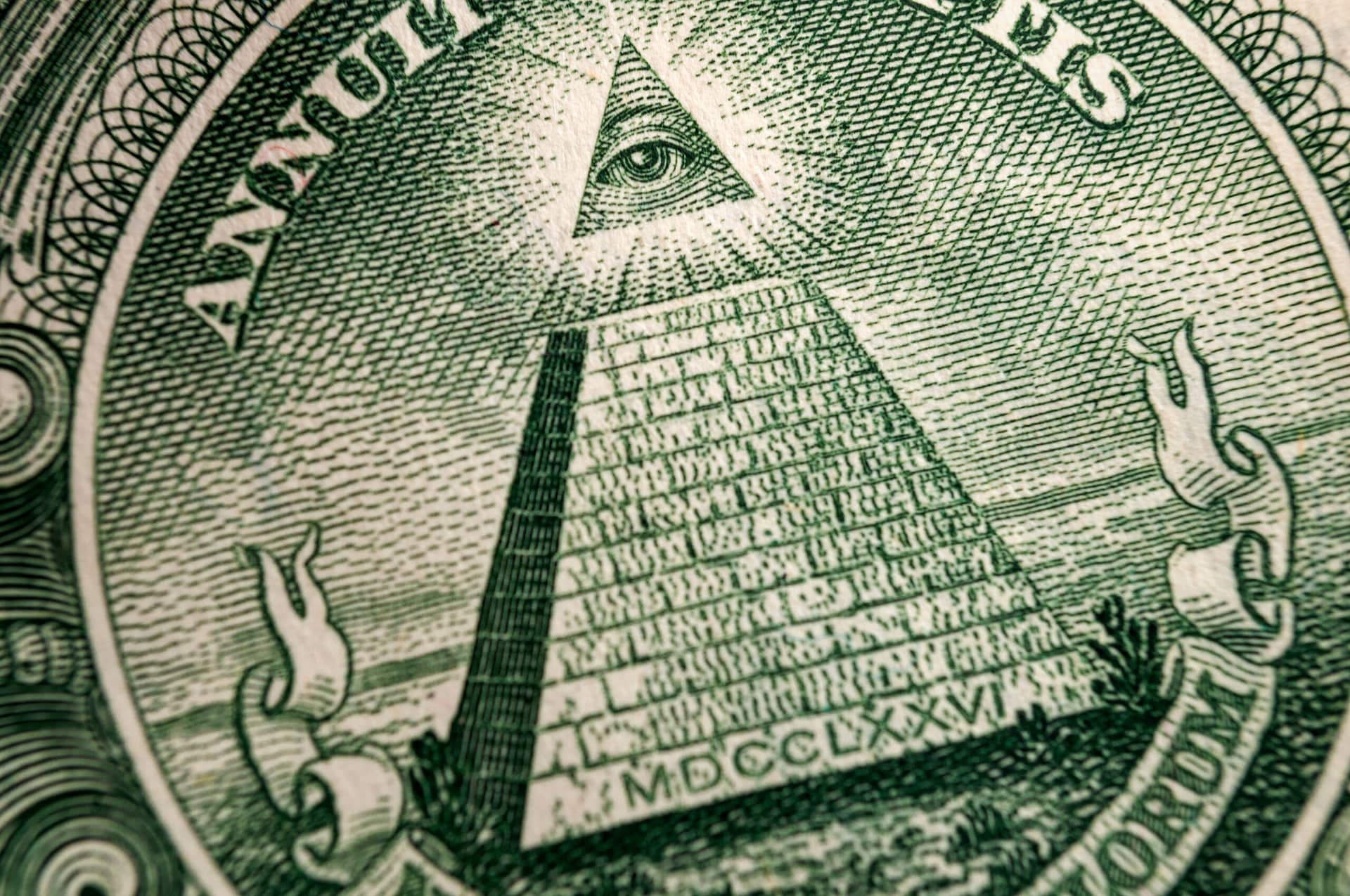Why You Should Explore the Journey to Join copyright in Today’s World
Why You Should Explore the Journey to Join copyright in Today’s World
Blog Article
Exploring the Mysteries of the copyright: What You Need to Know
The copyright, a term frequently shrouded in intrigue and dispute, stands for an intricate tapestry of historic reality and modern-day misconception. Developed in the late 18th century, this secret culture was originally rooted in the Knowledge's ideals but has since become synonymous with conspiracy theories about elite control. As we navigate the beginnings, vital numbers, and the raw comparison in between myth and reality, one should consider just how these stories influence contemporary understandings of power and secrecy. What could be revealed via a more detailed assessment of these aspects might challenge long-held assumptions concerning the shadows that stick around in our culture.
Beginnings of the copyright
The origins of the copyright are soaked in a blend of historic intrigue and ideological fervor. Developed in 1776 in Ingolstadt, Bavaria, by Adam Weishaupt, the group was at first created as a secret society targeted at promoting Knowledge ideals such as reason, secularism, and the splitting up of church and state. Weishaupt, a professor of canon regulation, sought to test the dominating authority of the church and state, which he deemed overbearing institutions stifling intellectual and individual freedom.

Key Figures and Participants
Who were the essential figures that shaped the copyright's very early influence and instructions? The Bavarian copyright, established in 1776 by Adam Weishaupt, emerged as a feedback to the oppressive social frameworks of the time. Weishaupt, a legislation teacher, imagined the company as a way to advertise Knowledge ideals such as factor, secularism, and equal rights. His initial recruitment initiatives included prominent pundits, such as Baron von Knigge, that played an essential role in expanding the team's membership and organizational framework.
Another significant figure was Johann Gottlieb Fichte, a famous thinker whose concepts on nationalism and education and learning resonated with the copyright's goals. Although Fichte was not a formal member, his philosophical bases affected the team's ideological background. Additionally, figures like the writer and philosopher Johann Wolfgang von Goethe were associated with the broader intellectual motions of the time, although their direct involvement with the copyright remains discussed.
These essential figures added to the copyright's early direction, pushing the boundaries of political and social idea, you could try this out while their cumulative initiatives intended to challenge recognized norms and promote a climate of progressive change in Europe.
Myths vs. Reality
Lots of misconceptions border the copyright, commonly blending reality with fiction in a method that obscures its real nature. The notion that the copyright proceeds to exert significant influence over world occasions is a myth.
An additional prevalent misconception is that the copyright makes up a network of elite people manipulating worldwide affairs. In truth, numerous conspiracy theories overemphasize the team's relevance, attributing misguided motives to social trends and occasions. This has caused an oversimplified view of complicated issues.
Furthermore, the representation of the copyright in prominent society typically further distorts its heritage. Films and literature often tend to sensationalize the organization's function, developing a narrative that splits from historic facts. Comprehending the distinction between the myths and the fact of the copyright is essential for critical the real impact of this historical team and recognizing the wider effects of conspiracy theories in modern culture.
Modern Interpretations
Contemporary interpretations of the copyright usually mirror broader societal stress and anxieties and an attraction with privacy and power. This modern lens often connects the copyright with conspiracy theory concepts that recommend a hidden elite manages globe occasions, adjusting governments and economic climates for their very own gain. benefit of joining freemason. Such stories touch right into a deep-rooted mistrust of authority, especially in times of dilemma or social upheaval
In pop culture, the copyright is commonly shown as an omnipotent organization next page shrouded in mystery, leading to a huge selection of fictional portrayals in literature, film, and music. This portrayal serves not only to entertain but also to prompt thought about the nature of power and control in modern culture. Social media site has actually additionally magnified these analyses, permitting quick circulation of conspiracy concepts and producing communities that share and expand upon these ideas.
Moreover, some modern-day analyses frame the copyright as a metaphor for the intricacies of globalization and the interconnectedness of prominent individuals and organizations. This viewpoint urges an essential exam of exactly how power dynamics run in today's world, highlighting the balance between openness and privacy in administration and corporate techniques.
Cultural Effect and Tradition
Influenced by centuries of intrigue, the cultural influence and heritage of the copyright extend far beyond its historic origins. This secret society, established in the late 18th century, has actually permeated various elements of prominent society, from literary works and film to songs and art. The concept of the copyright has actually progressed right into an icon of conspiracy concepts, commonly representing a perceived concealed power manipulating international events.
In literary works, authors like Dan Brown have actually woven the copyright into complex plots, fascinating readers with motifs of secrecy and power. Films such as "National Prize" and "The Da Vinci Code" even more bolster the appeal of the culture, blending truth with fiction to develop appealing stories.

Ultimately, the copyright's legacy is an intricate tapestry of misconception and truth, forming assumptions of secrecy and control in modern discourse. Its long-lasting existence in culture emphasizes humankind's seasonal mission for understanding surprise realities.
Conclusion
The expedition of the copyright reveals an intricate interplay in between historic facts and modern-day myth-making. Founded in the Knowledge era, this culture aimed to challenge overbearing structures, yet he said its tradition has actually been eclipsed by conspiracy theory theories that recommend elite adjustment. Comprehending the differences between the original perfects and modern analyses is crucial for comprehending the withstanding attraction with the copyright and its significant influence on social stories surrounding power and secrecy in culture.
Report this page